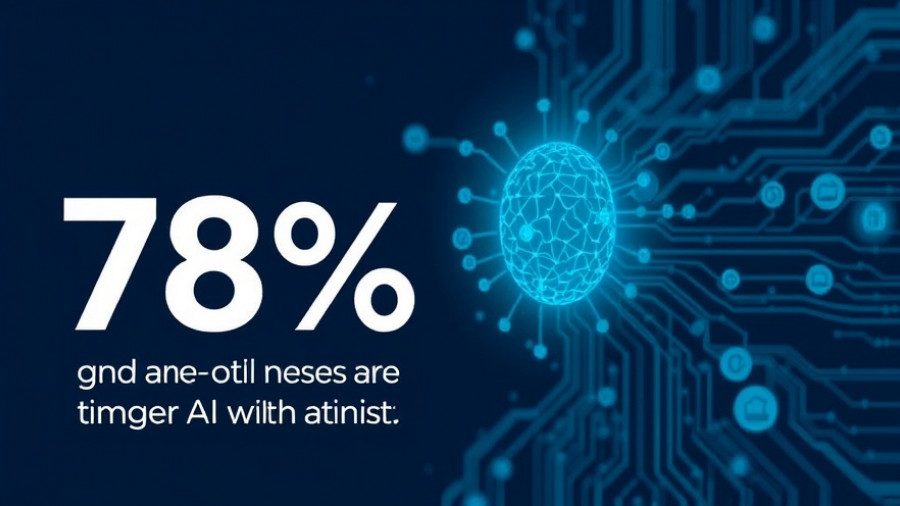
Unlocking the Power of AI Agents for Marketing Automation
In today’s fast-paced digital landscape, marketing professionals are always on the lookout for innovative ways to optimize their efforts and connect with their audience. The advent of AI agents presents a game-changing opportunity for marketers seeking to streamline their workflows while enhancing decision-making capabilities.
Understanding AI Agents: More than Just Automation
At their core, AI agents are advanced software systems that possess the ability to ingest data, analyze it, make informed decisions, and execute tasks autonomously. Unlike traditional chatbots that follow a rigid script and require constant prompts, AI agents can adapt their actions based on context and learned experiences. This level of autonomy makes them invaluable for marketing teams inundated with repetitive tasks yet striving for creative engagement.
A Contrast with Chatbots: Scope and Functionality
The distinction between AI agents and chatbots frequently raises questions among many. While both utilize AI to communicate, AI agents are designed for comprehensive task management rather than mere conversational interfaces. As one industry leader noted, AI agents operate much like a skilled assistant, handling complex projects by synthesizing information and making real-time choices. This capacity for nuanced decision-making empowers marketers to invest their time strategically and focus on big-picture strategies.
Creative Use Cases for Marketing Professionals
There are numerous ways in which AI agents can revolutionize marketing workflows:
- Personalized Campaign Management: AI agents can analyze customer behaviors and preferences, enabling marketers to tailor campaigns with precision.
- Optimized Content Creation: They can assist in generating content ideas, analyzing trending topics, and even drafting copy based on demographic data.
- Real-Time Analytics: Marketers can now leverage AI agents to monitor campaign performance dynamically, adjusting strategies based on real-time data insights.
The Future of Marketing: Embracing Intelligent Automation
As we look ahead, the integration of AI agents into marketing practices is set to broaden further. The ability to refine ideas while managing operational tasks will allow teams to elevate their messaging and engagement techniques immensely. Imagine AI agents that don’t just send emails based on preset criteria, but instead, learn from interactions to suggest the best times and styles for outreach.
Embracing AI Agents in Your Marketing Strategy
Marketing professionals must begin exploring the multifaceted benefits that AI agents can provide. By implementing such technologies, organizations can significantly enhance their productivity and creativity, culminating in campaigns that resonate deeply with their audience. Embracing AI-driven workflows allows for a more innovative approach to marketing, ensuring teams can keep pace with an ever-evolving industry.
Are you ready to unlock the full potential of AI agents in your marketing strategy? Explore the ways these powerful tools can elevate your business and streamline your processes.
 Add Row
Add Row  Add
Add 




Write A Comment